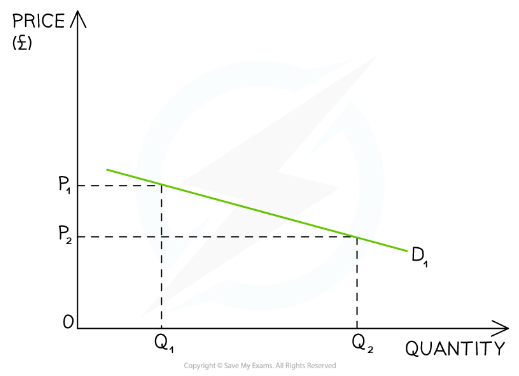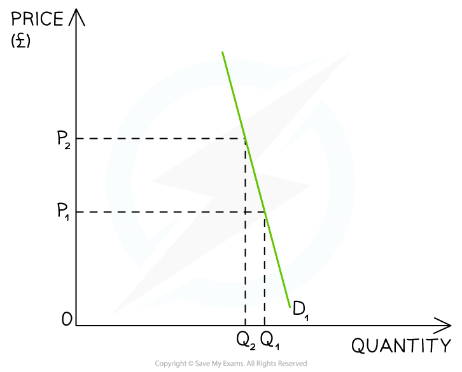An Introduction to Price Elasticity of Demand
- Price elasticity of demand (PED) measures how responsive demand for a product is to a change in price
- In most cases an increase in price leads to a fall in demand for a product
- Similarly a fall in price leads to an increase in demand for a product
- Price elasticity of demand answers the question of by how much demand changes?
- Price elastic demand is where the volume of a product's sales changes by a greater percentage than the change in price
- E.g. A 10% increase in price leads to a 20% decrease in the volume of sales
- Price inelastic demand is where the volume of a product's sales changes by a smaller percentage than the change in price
- E.g. A 10% increase in price leads to a 5% decrease in the volume of sales
- Price elastic demand is where the volume of a product's sales changes by a greater percentage than the change in price
Calculation of PED
- Price elasticity of demand is calculated using the formula
- PED will always be negative due to the inverse relationship between price and quantity
- If the price goes up the quantity demanded goes down
- If the price goes down the quantity demanded goes up
- The numerical value of PED indicates the responsiveness of a change in quantity demanded to a change in price
Interpretation of PED Values
Numerical Value |
Explanation |
Examples |
|
> 1 ELASTIC |
|
|
|
Between 0 & 1 INELASTIC |
|
|






